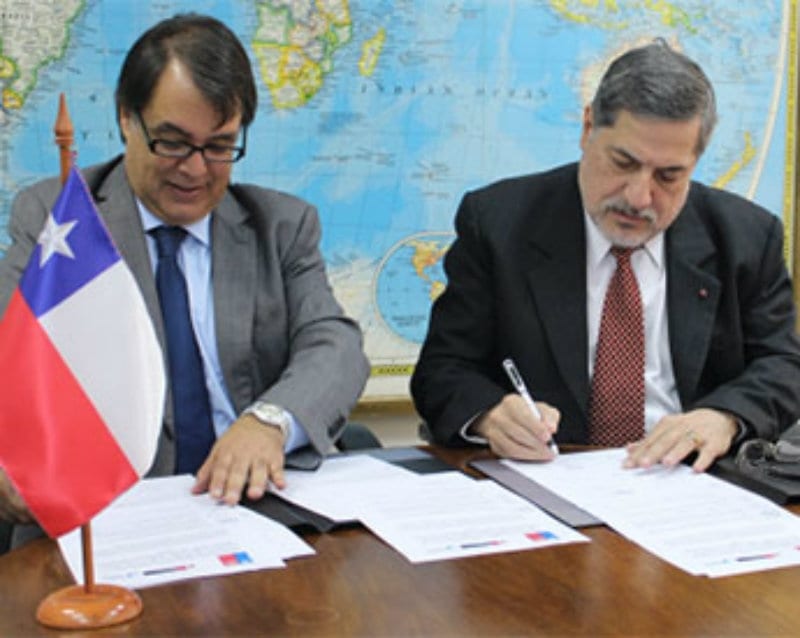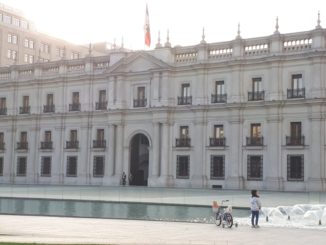
SANTIAGO – The governments of Chile and Peru have signed an important agreement that strengthens the exchange of experience and joint work on health and food safety in aquaculture and fisheries.
The agreement was signed by national director of the National Service of Fisheries and Aquaculture (SERNAPESCA) José Miguel Burgos and executive director of the National Sanitary Fisheries Agency (SANIPES) of Peru, Dr. Ernesto Bustamante, in the framework of the first official visit of the Peruvian authority to Chile.
The agreement establishes the cooperation of both parties in aspects of traceability and research on fishing and aquaculture products as well as on by-products. In addition, the two agencies undertake to exchange information on health and safety of hydrobiological resources and food safety and innovation.
It also includes technical cooperation for technological and scientific development and the participation of both countries in forums and the international agenda with contributions that aim to obtain a good design and regulation evaluation.
“To us, this is a very important agreement that will be focused on a first stage of information exchange, of being able to hold common positions in international forums. Both countries are very important fish producers (Chile is the fifth largest fishery exporter in the world) and in that sense, being able to join positions, to discuss and work together, seems to be of the utmost importance. Working with colleagues from Peru will allow us to know and contribute experiences,” said Burgos.
For his part, SANIPES executive director pointed out: “We have the Pacific in common and therefore, the entire market that means being able to export to the countries on the other side of the Pacific, we are part of the Pacific Alliance and we have many things to do to perform synergy”.
Bustamante added that one of the important aspects of the agreement is that it will allow the exchange of inspectors.
In aquaculture, he explained that in Peru this sector is led by the cultivation of shrimp and trout.
“Trout are very salmon-like animals and we will see continental salmon production centres to learn how they handle, how they control infections, about the subject of roe and how this can be implemented to trout. If we project ourselves in the future, the idea is that when we participate in international fairs, Peru and Chile can promote their products synergistically,” concluded SANIPES director.



